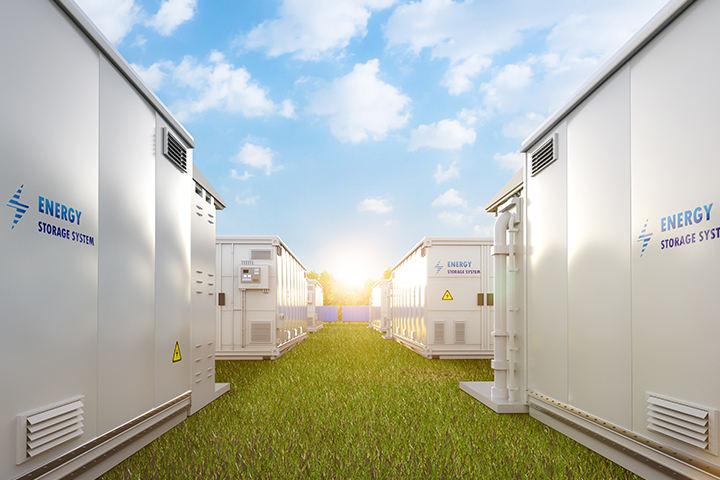According to the “Electricity Market Report 2023” released by the International Energy Agency (IEA) [1], a staggering 98% of fresh power will stem from sustainable energy within the coming three years. Renewable sources like wind and solar may be uncertain, highlighting the necessity for megawatt-level battery energy storage systems (BESS) with rapid reactions. This piece scrutinizes the preparedness of the BESS market in addressing surging requirements concerning battery prices, policy encouragements, and the market’s competitive landscape.
1. Reduced Lithium Battery Expenses: An Entryway to BESS Monetization
The expansion of the energy storage sector has been spurred by the diminished expenses involving lithium-ion batteries. These costs have plummeted by a considerable 90% between 2010 and 2020, facilitating easier market entry for BESS and fostering market growth.
2. Legislative Steps Fostering BESS Extension: A Global Initiative
Prominent energy-producing nations such as the U.S., the UK, the EU, Japan, and China have recently implemented laws to propel energy storage systems. Policy incentives and tax breaks have furthered this initiative, with the objective of enhancing domestic application. For example, in 2022, the U.S. ratified the Inflation Reduction Act (IRA), injecting USD 370 billion into renewable energy and environmental initiatives. As a result of this act, energy storage equipment could receive an investment offset exceeding 30%. In 2021, China set a target of achieving a 30 GW storage capacity by 2025 to expand its energy storage sector.
3. The BESS Market: An Assortment of Contributors
While there isn’t a dominant market leader in the BESS sector, a few early contenders have secured some market share. Nevertheless, the market remains appealing to fresh entrants. Particularly, the leading seven battery storage suppliers witnessed a decrease in market share from 61% to 33% this year, as outlined in the 2022 report, “Battery Energy Storage—Value Chain Integration is Key.” [2] This signifies the progression of BESS towards commercialization with an expanded array of market participants.
The Evolution of BESS from Initial Adopters to Early Majority: The Significance of IT/OT Fusion
The shift towards cleaner energy sources is irreversible, heralding fresh and expeditious growth opportunities for the BESS realm. Noteworthy advancements reveal that both industry authorities in battery enclosure manufacturing and emerging businesses investing in BESS are transcending basic necessities. They are now concentrating on delivering accelerated construction, prolonged operational lifespan, and more secure network system blueprints. Hence, AI, big data, and network security need to play a more integral role. Triumph in the BESS market will necessitate fortifying IT and OT integration technologies and developing superior energy storage resolutions.
For further insights, kindly explore the Moxa’s Battery Energy Storage System Portal.
[1]“Electricity Market Report”, IEA, 2023
[2]Battery Energy Storage – Value chain integration is key, KfW IPEX-Bank, 2022
- Not Only for Automobiles: Discovering CANbus Technology in Various Industrial Settings - October 29, 2024
- Boost Your Network Performance: An Exciting Manual to PoE Switches! - September 10, 2024
- Understanding Gigabit Switches: Industrial vs Regular Gigabit - September 4, 2024


